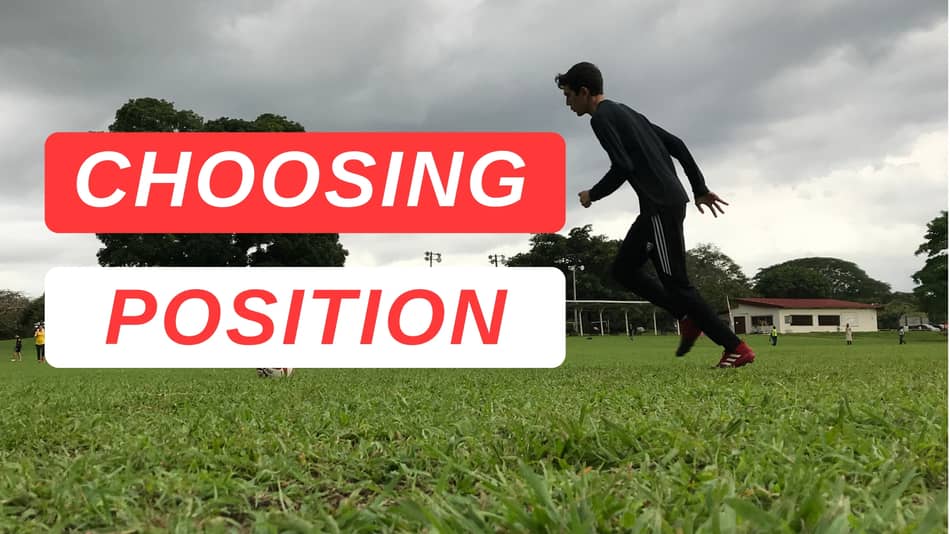
Choosing the correct soccer position can be a nightmare for most soccer players. We’ve all been through the struggle of not knowing what position to pick. During my years playing soccer, I’ve tried every position in the field, from goalkeeper to striker, and it was still hard for me to choose one over another. I decided to do this guide so you don’t have to pass through this problem too.
So, how do you choose a position to play at in soccer? There are 3 easy steps:
- Step 1: Understanding your preferences.
- Step 2: Recognizing your biggest attributes.
- Step 3: Adapting to the game.
However, choosing your position is not only about following these three steps, there are other things you should also consider like what are the physical characteristics each position looks for, how to seek for coaches advice, and when you should be completely sure what position you’ll play at. Actually, some soccer players have never played only in one position. I’ll explain al of this in the article.
Step 1: What are your preferences?
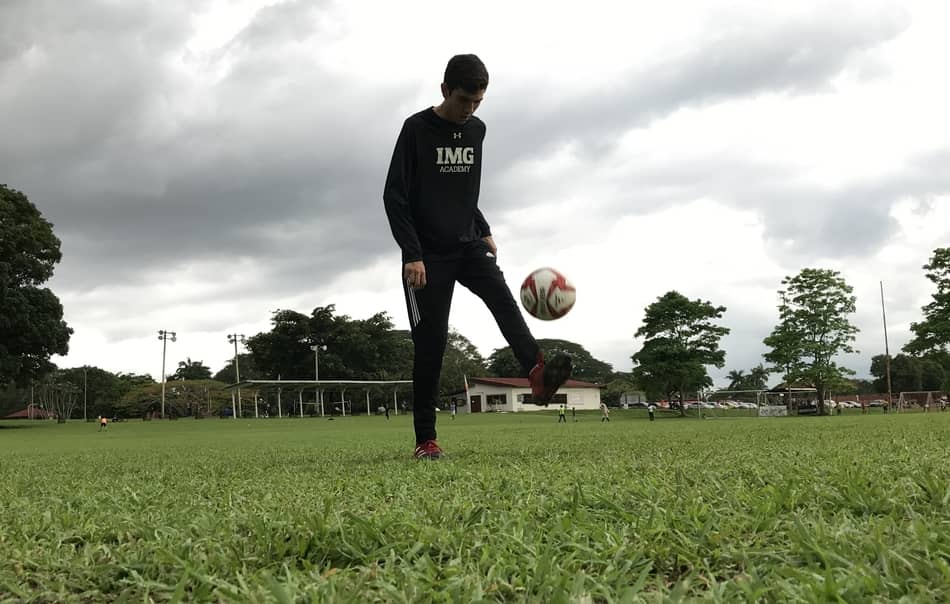
The first question you have to ask yourself in order to choose a position is what do you like the most to do in a soccer field? Obviously, we all like scoring goals, but if it was that easy then we all would be forwards or strikers. There has to be something beyond scoring goals that you like from playing this game.
The truth is that we all like doing different things in the field. Every player will have their own personal preferences. For example, there can be some people that like having the ball at their feet, they like to constantly show up to have their teammates pass them the ball. They love making great passes and making assists. Maybe for this people it would be a good idea to be a midfielder.
Other people will like a lot more running in the sideline and have the ball passed to them by other players. They might base their whole game in pure speed, which means a great fit for them could be winger or full-back.
Some other people will have other taste, not everyone only wants to score goals. I’ve met lots of people who actually feel very passionate for defending and keeping their goal clear. Are you the person that likes the saying: “Goals win games, defense wins championships”?
Which guy do you prefer to be? The one that scores the goal or the one that slides in the last second to clear the ball from going in at the goal line?
A great way you can figure out what is the thing you like to do the most in the field is by seeing who are your favorite players? Normally, we like our favorite players because they play a role in the field we really admire, a role we would like to play too. I know people’s favorite players probably will be attackers, but think beyond only attackers. What are other players in the field that you really enjoy watching play?
Stay away from positions you dislike
Also, think about what you absolutely dislike to do in the field. If you hate defending for example, you know that is not a good place to start. There are other people that don’t like running too much, others that absolutely hate goalkeeping, and so on.
Avoid playing this position, not because you won’t be good at them, but because you’re brain is so focused in the fact that you dislike them, that it won’t let you perform at your best level. This happened to me once when my coach positioned me as a full back defender (I hate defending), I was so focused on the fact that I was bad at defending that I remember I didn’t play my best football.
Fun fact, I ended up liking a lot to play in that position, and is one of the positions I would play in an official match right now. After some time, I realized that I was actually very good at defending and that what was limiting my performance was my mindset. This demonstrates that you can end up playing even at positions that you don’t like right now. Be open-minded and willing to try positions you’ve never played at before.
Step 2: What are your biggest attributes?
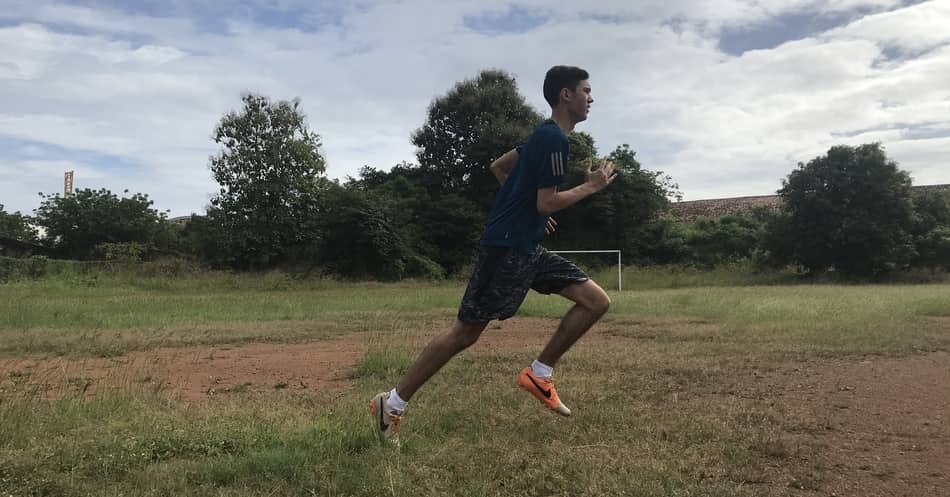
There is a big difference between what you like and you’re actually good at. I am pretty sure that most professional soccer players today don’t play the position that they would’ve liked to play at the beginning, and the reason is simple: we all have different strengths, weaknesses, and attributes.
One of the things I’ve wrote the most about in this website to become a better player is that you have to learn how to use your own strengths to your favor. We are all different, some people might be fast players, others might be slow but taller than others, some others might have bad technique, but great reflexes, etc.
Depending on our attributes, we need to determine our playing style and our positions in the soccer field. Every position in the field has a physical and mental prototype or profile of who could be a player that would perform best in each position. In the next subtitle, I talk about each position in detail and what characteristics (physical, mental, personality) a player needs to have in order to succeed in each one.
In this part I need you to be as honest as possible with yourself. It’s not about following your dreams to become the next Lionel Messi when you are not a person that is ideal for performing in that position. In order to succeed in life you need to be brutally honest in each aspect, and this is the time do it. Identify, what you are good at, and what you suck at.
A profile of each position
Goalkeeper

Physical Aspects: A goalkeeper, in most cases, is the tallest player in the soccer field. In my article “Average goalkeeper Height”, I discuss if you actually have to be tall to be a goalkeeper. In the article you can also see the average height, which is very tall in comparison to other field players.
To be completely honest, I really believe you have to be at least 1.82 meters (5.9 feet) tall in order to be a great goalkeeper. Or, at least to be among the tallest players in the team. The reason is very simple, the bigger the goalkeeper is, the harder it will be to score on him because he covers more space in the goal. Also, psychologically, it is harder for strikers to score on tall gk’s because they seem like they cover the whole goal.
If your short it doesn’t mean you are not going to be a good goalkeeper, it just means that you will have to work harder to compete against taller players. If you want to see the full debate make sure to read the article, where you can also download an excel sheet I made with the height all the goalkeepers that played in the last world cup, an average height of the tournament, and much more.
When we talk about physical conditions, you are totally wrong if you think goalkeepers don’t need them. Of course, they don’t run as much as other positions, but goalkeeping can be exhausting after a while. I invite you to do a goalkeeper training session and you’ll talk to me later.
Mental aspects: Goalkeepers needs to be mentally strong players, probably the strongest in the team. They are the most important player in the field and are the only ones that are not allowed to make mistakes. Even when they do make mistakes, they have to be mentally strong to recover from them and move on as quick as possible.
A goalkeeper needs to reflect a leadership personality. He is the only player in the field that has an 180 degree view of the entire pitch, which is why he has to constantly give instructions to his teammates and other players to position correctly in the field.
Technical aspects: If you are not a good player with the ball at your feet, but you have great reflexes and quick reaction, then goalkeeping might be good position for you. Don’t get me wrong, goalkeepers have to be able to play correctly with their feet, but they don’t need to have the technique level other players have in the field.
Central Defender
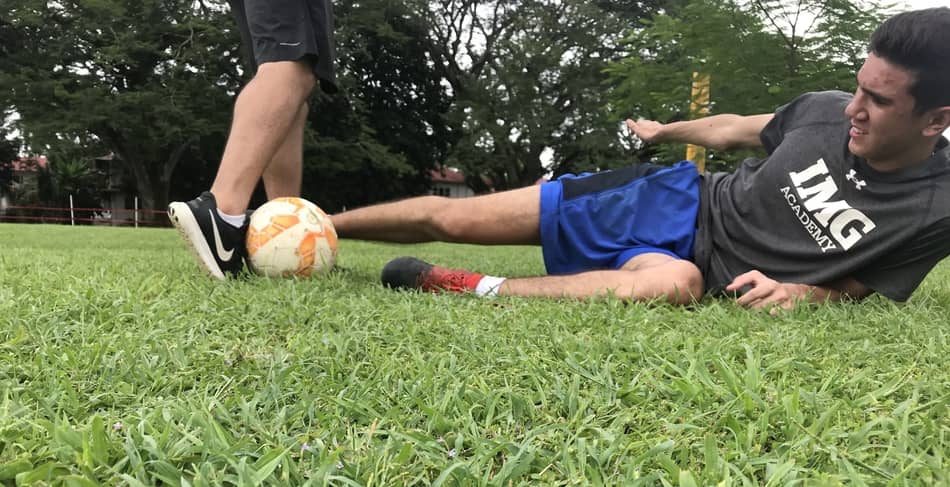
I wrote an article with 35 tips to be a better Soccer Defender. In there you will get a complete idea of what it takes to be a great defender at soccer. If you don’t want to read it, I’ll sum it up for you:
Physical aspects: Central defenders have to be physically imposing. I would say that height isn’t a determining factor, although it would be better if you’re a tall guy. Most central defenders are tall, which is extremely useful when defending and attacking in the air game. Central defenders are not only tall but are also very strong. The physical condition of a central defenders is normally very intimidating.
With that said, they are not necessarily fast players, which is the price they have to pay for being strong and big. I would compare the physical aspect of a central defender similar to the one of an american football player. Although, we are seeing central defenders that are big and strong, but also supremely fast like Sergio Ramos and Raphael Varane.
Mentality and personality: The personality of a central defender has to be just as the physique: imposing. Usually center backs are the team’s captains because they have a great view of the entire field. They have to talk to their defense all the time, and to the midfield. They must be leaders and show a strong personality.
Technical aspects: Central defenders need to have a great defensive technique, this includes perfect slide tackles, great timing, good clearance, among others. They don’t necessarily have to be skilled with the ball at their feet, but need to know how to move correctly without it. Your playing style must be simple, not handling the ball much , and making precise passes.
Tactical aspects: If you want to be a central defender, you have to be sure you are tactically great. Center backs are the players that need to have the best tactic sense of all the players on the field for the simple reason that all plays will start with you. You need to know when and where to distribute the ball to start a new play.
You can learn more about everything that makes a great defender by checking my article: “How to be a better soccer defender”.
Full-back defender
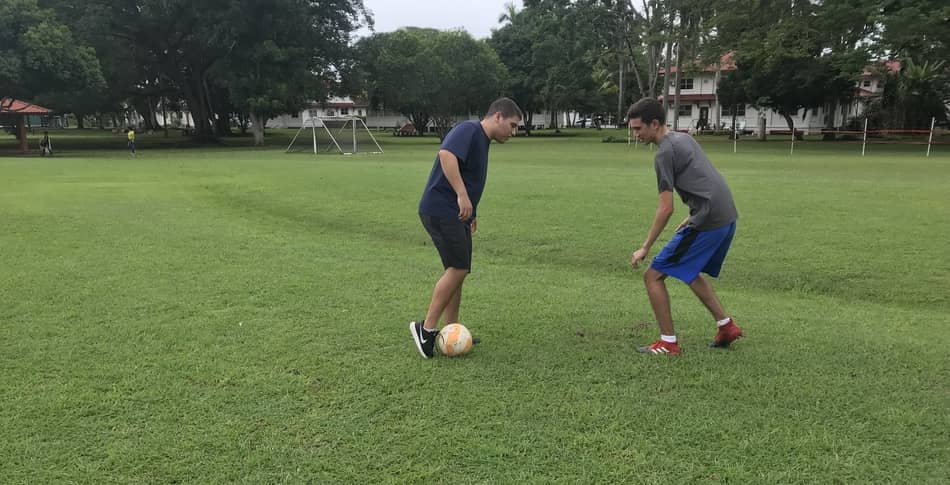
Physical aspects: Full-backs or wing-backs don’t have any specific physical characteristics. There are from all heights, shapes, and sizes. However, something most of them have in common is that they are incredibly fast. I would say that speed plays a huge role in this position, considering that you will be competing against wingers, which are usually the fastest players in the other team.
Also, in one article I wrote called “Most Skilled Soccer Positions to Play”: I mentioned that full-back is the position in soccer that demands the most physical conditions and stamina. You are constantly running up and down the field, contributing to the attack, but always remembering that your main purpose is to defend.
If you are a player that is very fast and has great stamina and physical conditions this would be a great position for you. If you want to try this position, but you have a terrible stamina, make sure to read my article on “How to Improve Stamina and Endurance for Soccer in a Month”.
Technical aspect: To be a full-back, you must have technical aspects from a defender and from an attacker. You have to be able to defend as well as a central defender and attack as a winger. Something you really need to have is an improved crossing technique. Wing-backs are constantly adding up to the attack and their main function is to provide great crosses to their forwards.
Tactical aspect: If you don’t have a great tactic sense, it can be hard for you to be a wing-back. It is a very tricky position because you need to be able to attack and have a strong defense at the same time. You have to know when is the right moment to go forward and when you should stay at defense.
Defensive midfielder
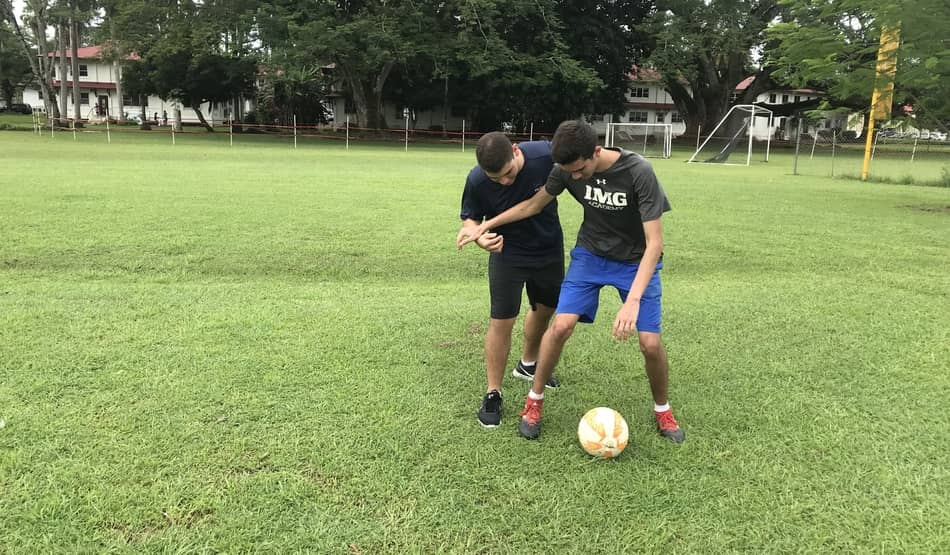
In that same article about the most skilled soccer positions, I got to the conclusion that, for me, center midfield was the hardest position to play in soccer. You must be a complete player with great physical conditions, excellent technique, awesome tactical sense, and improved mental toughness.
Physical aspect: Central or defensive midfielders are constantly running up and down the field, and from side to side. Their position is very physically demanding because they have to cover and defend a wide space. Also, they are responsible to cover the position of defensive players that have moved to the attack.
You have to constantly show yourself and ask for the ball, and at the same time take it away from the opponents. Where the ball is, they have to follow. Basically, central defenders have to be everywhere, both in attack and in defense. It is easily one of the most physically demanding position.
Technical aspects: Defensive midfielder’s technique has to be on point. Every pass you do, every ball control, every touch, has to be executed near perfection. If you make a bad touch or a bad pass, your team runs a serious danger of conceding a goal. Central midfielder are recognized for their class and elegance with the ball.
Technically, you have to be fast and precise, using the least amount of touches as possible and combining with your teammates. But you have to also have the defensive technique of a central defender. Easily one of the most technically skilled positions in the field.
Tactical aspect: Tactically speaking, a defensive midfielder needs to be very good too. The game is played to their rhythm, and they are the ones that decide how the game is played. You have to be smart to know what to do with the ball depending on the game situation. You need have a great spacial positioning to know where your teammates and opponents are at every moment.
Creative midfielder
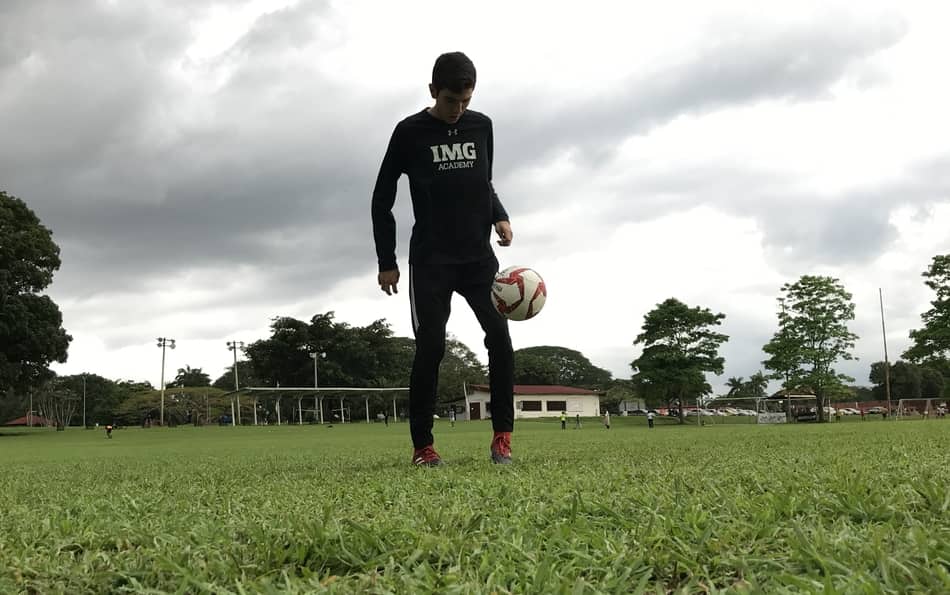
Physically speaking, creative midfielders are usually one of the fastest players in the field. This is a position that can vary a lot depending on the team’s tactic and strategy. Sometimes it will be more demanding as coaches might want you to create game in the attack and help in defense at the same time. Other times, coaches will only ask you to stay on offense and wait for a chance to create scoring opportunities with wingers and strikers.
Technically, these players are usually the most skillful in the field. Just to name a few notable creative midfielders with an outstanding technique: Ronaldinho, Andres Iniesta, Isco Alarcon, Kevin de Bruyne, Diego Armando Maradona, and many others. They all present a great ball control, passing technique, and association with teammates.
If you are a player that likes having the ball at his feet, creating game, you prefer making great assists over scoring, like making passing combinations with teammates, create danger, and have a great shot from outside the box, this is a great position for you.
Winger
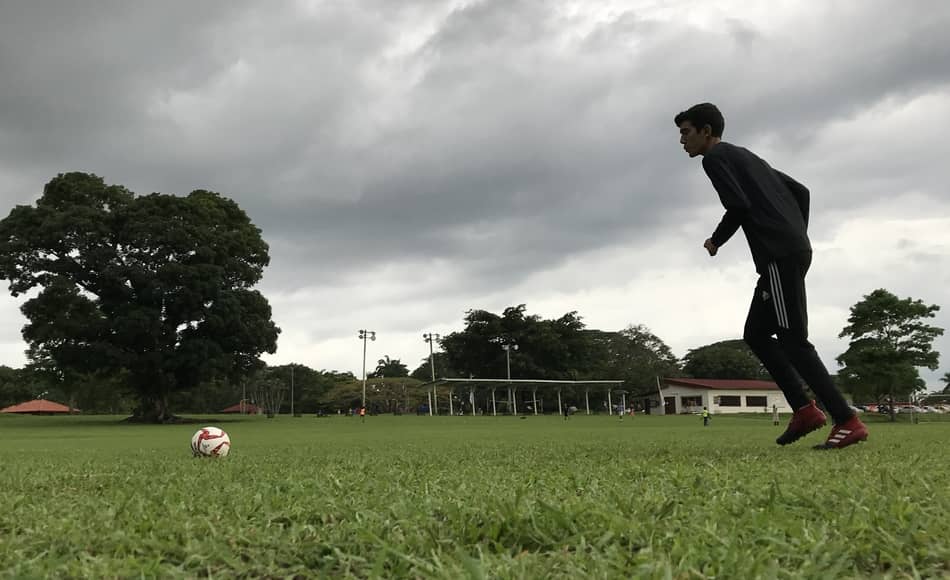
Physical aspect: Wingers are fast players. They usually are the fastest player in the team. Their game is based in pure speed and mad skills to dribble in the sideline. You must have great physical conditions because, being true that your main responsibility is to attack and create danger, you also have to contribute to defense once in a while. You’ll often make hard sprints, from which you will have to recover quickly.
Technical aspect: A winger must have exceptional dribbling technique to beat opponents in the sideline. He has to be able to dribble, pass, and receive the ball while running at speed. Also, just as the full-back, he needs to have a great crossing technique to make great assists for their strikers. The difference between both positions is that wingers usually have the ability to penetrate more towards the box.
If you’re a fast player, that has great stamina to constantly sprint up and down the sideline, is great at making crosses, can assist and score goals, penetrates the area, and also knows when to sacrifice in defense, winger is the position for you.
Striker
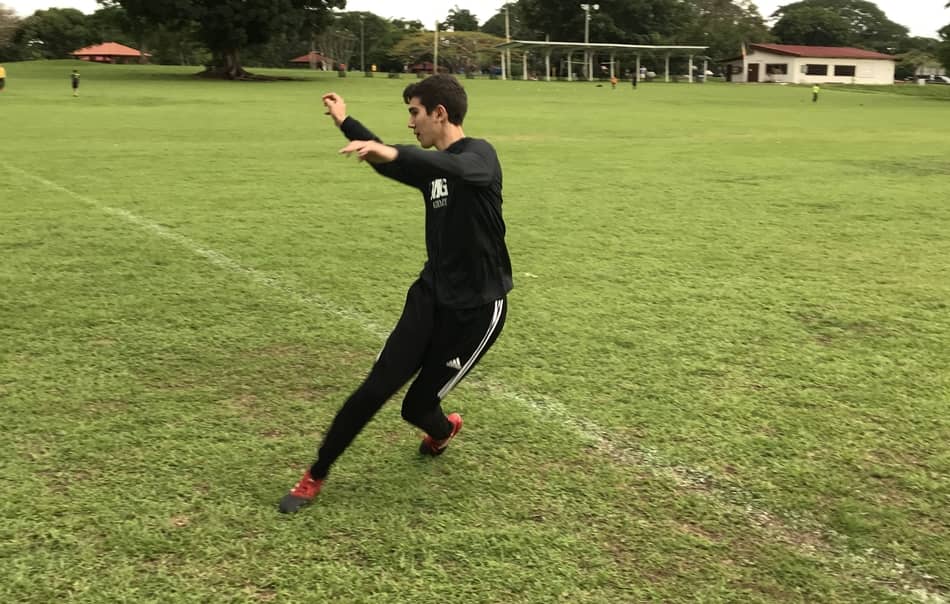
Physical aspect: Striker is one of the positions on the field that runs the least. Basically, if you’re a striker you can’t be be running up and down the field, getting tired. You have to let the midfield make the physical sacrifice so when the chance to score comes you are totally fit to score the goals, because that is your only purpose in the field. Obviously, there will be some times where the game situation forces you to defend just as everyone else.
Strikers don’t necessarily have a specific physical prototype, each team will vary their playing style according to the striker they use. If a team has a tall and big striker, probably the tactic will be making as many crosses as possible so the striker wins in the air game. If the striker is short the game will probably be played more to the floor. However, I’m sure most coaches will prefer a tall striker with short wingers setup.
Technical aspect: A striker needs to be good at one thing only: scoring goal. You can be awful at passing or making crosses, as long as your finishing technique is great, and you have powerful and precise shot. You need to develop your goalscoring instinct to know how to be in the right place at the right time.
This is the best position if you want to dedicate solely to be the goalscorer of the team with little physical sacrifice in defense. It is ideal for effective players that can make goals with the few opportunities they have. Because scoring goals is the most important thing for a striker, I think all strikers should take a look at my article “13 tricks to score more goals”.
Step 3: Adapting to the game
Believe it or not, most soccer players don’t play their whole careers in the same position. They have to adapt depending on the circumstances of the game, their age, coaches, team’s tactics, etc. Maybe you choose a position today, but in some years from now you’ll be playing in different parts of the fields. Here are a couple of examples:
- Gareth Bale: He started playing as left-back defender back in Tottenham. He used shirt number 3 back then. He became so offensive that he is now one of the best offensive wingers in the world.
- Jerome Boateng: He started playing as a striker, and ended playing as central defender in Bayern Munich. It’s crazy.
- Cristiano Ronaldo: Back in Manchester United he played as a pure winger, dribbling in the sideline, using skills and speed to beat opponents. Today he is different, he plays more as a pure deadly striker that waits for the right moment to score. He had to adapt to the circumstances during the years in different teams, and that is what has made him so succesful.
- Ashley Young: I remember he started playing as a pure offensive winger and now plays as a defensive wing-back.
The lesson you should learn from this is that, if you want to be a starter and play for the best teams, you’ll have to adapt and be able to play the position that the team needs you to play, not necessarily the position you want to play at.
Ways you can find your ideal position
If you’re still not sure about what position you are good at or what are your preferences in the soccer field, don’t worry, here are some ways you’ll possibly find out what is your ideal position.
Coach orientation
Always listen from advice coaches give you. They have a good eye to determine whether you will be good at playing in one position or another. Most of the times, players won’t choose their position, they will be assigned to play where the coaches want them to play. If you want to play striker, for example, but you’re coach thinks you would be a good defensive midfielder, you should probably listen to him.
By accident
Other times, you might end up playing in a position by accident. Maybe, in one game, one of your teammates is shown a red card and you will have to cover his position, and you might end up liking it. Another great example is Panama’s national team captain Roman Torres. In an interview he was asked how he ended up being a defender and answered this:
“I was at the tryouts for the u-15 national team and I was a striker. The coach asked for the strikers to raise their hands and a lot of players raised theirs. They were too many, I didn’t stand a chance. Same thing happened with midfielders. But, when he asked for defenders, few people raised their hand, so I decided to raise mine too. I stayed in that position since that day.”
By trying out all positions
The only way you’ll find out what position is best for you is by trying out to play in each position in the field. To be honest, this article can help you a lot to have an idea of what would be a great fit for you, but the only real way you’ll know which position to choose is by playing at each one, even as a goalkeeper.
It doesn’t matter if you’re bad at the beginning, the idea is that you know how it feels to play in each position in the field. Try everything out, even goalkeeper, who knows what can happen. Nobody knows what he likes until he tries it. It doesn’t have to be at a game, at training ask the coach if you could play for a while in each position just to try it.
Quiz to find your ideal area of the field
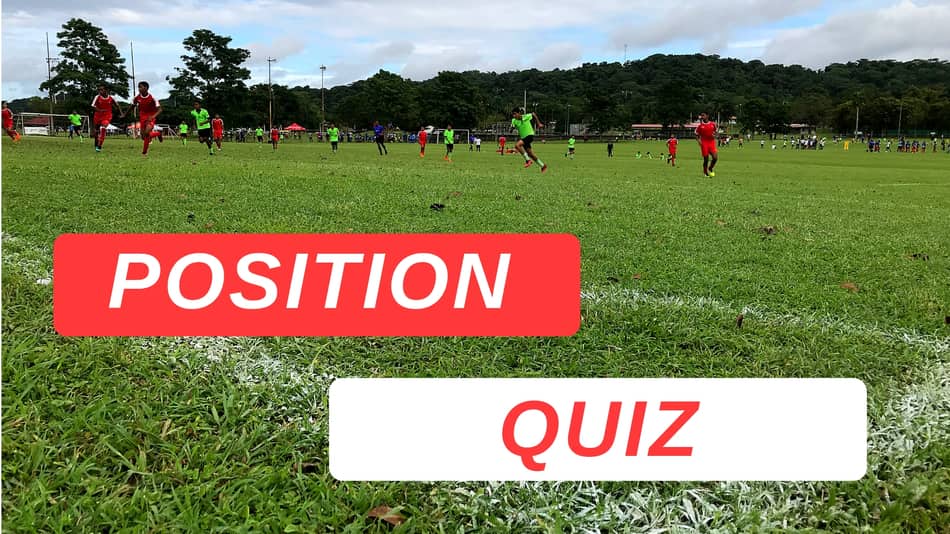
The first step to find out your ideal position is by knowing what area of the field we prefer. There are three areas in a soccer field: defensive (includes goalkeepers and defenders), midfield (creative and defensive midfielders), and offensive field (wingers and strikers).
I made a short quiz that will help you identify what area of the field can be a great fit for you. I need you to take out a piece of paper, a pencil, and a calculator. For every question there will be three answers. Each answer will have an amount of points. You’ll sum the points on each answer you choose, and depending on the resulting number, you’ll know what position suits best for you. Let’s start.
Do you believe defense wins championships or do you think a good offense is the best defense?
- Yes, definitely great defense wins championships. (1 point)
- I’d rather contribute to both and have a balanced team (2 points).
- The more we attack, the less we’ll have to defend from the other team (3 points).
Are you a player that likes having the ball in his feet?
- No, I’d rather play it simple, making precise passes with few touches (1 point).
- I love having the ball with me, showing up as a passing option, and combining with teammates (2 points).
- I’m not creative with the ball. I prefer to wait for my moment to create danger (3 points).
Which of this game situations excites you the most?
- Saving the ball from going into the goal in the last second with a perfect slide at the goal line (1 point).
- A beautiful assist that serves the ball perfectly for a striker to score (2 points).
- Scoring a goal (3 points).
Which of these describes your personality the best?
- I like to be a leader. I like to be the commander in the field and take the team through the right path (1 point).
- I’m not a person that speaks much. I prefer to have chemistry with my teammates by playing beautiful soccer (2 points).
- I’m persistent to fight for my objective, and I’m composed in the toughest moments (3 points).
Which describes your best physical and technical attributes?
- I’m big and tall, but not very fast player (1 point).
- I have an average height, with a decent speed, and a great ball control and passing technique (2 points).
- I am short, but very fast. My dribbling technique is great and my game is based in pure explosiveness (3 points).
Results
- If you had anywhere between 5-8 points your ideal area of the field would the defensive field. You have the physical aspect of a great defender or goalkeeper. Your mindset and personality matches perfectly with the one from players in this area.
- If you scored anywhere between 9-12 points you would be a great fit for the midfield. You like having the ball at your feet, and you’d rather make a great assist and create game than score a goal.
- Anywhere between 13-15 points means you would be great at offense. Every time you step in the soccer field you have one objective: to score goals. You’re physical attributes, technique, and mindset will help you achieve this.
Related Questions
What position in soccer runs the least? All positions in soccer have a great physical demand, however it is obvious that the goalkeeper is the player that runs the least in the field. After the goalkeeper, I would say that center striker and central defender are the two positions that run the least from field players.
What is the most skilled or hardest position to play? I wrote an article called “Most skilled soccer positions”, where I figured out Central midfielder to be the hardest position in the field. All positions have a level of difficulty, but I consider this position demands the most physical conditions, great technique, and tactic sense of the game.
What is the best soccer position for fast players? I would say the best positions for fast players could easily be either winger or full-back. Just by watching a soccer game you’ll realize that the fastest players in the field play in these positions. It’s not a coincidence, it requires a lot of speed to run up and down the field.

